The new framework would be similar to teaching solar panels to 'dance with the wind', minimizing damage while ensuring energy production in strong wind conditions.
Researchers at the Materials Engineering Center at PLS University in Sophia Antipolis (France) have proposed a new approach to protect solar panels from harsh weather conditions.
A scientific paper titled “Combining machine learning and computational fluid dynamics to optimize solar panel tilt angle in high wind conditions” published in the journal Physics of Fluids points out that there is currently no optimal method to place panels in a safe position in high wind conditions.
Traditional methods often require panels to be positioned parallel to the ground when wind speeds reach a certain level. While effective in some cases, this approach leaves the panels unable to produce energy and unprotected against the highest wind speeds.
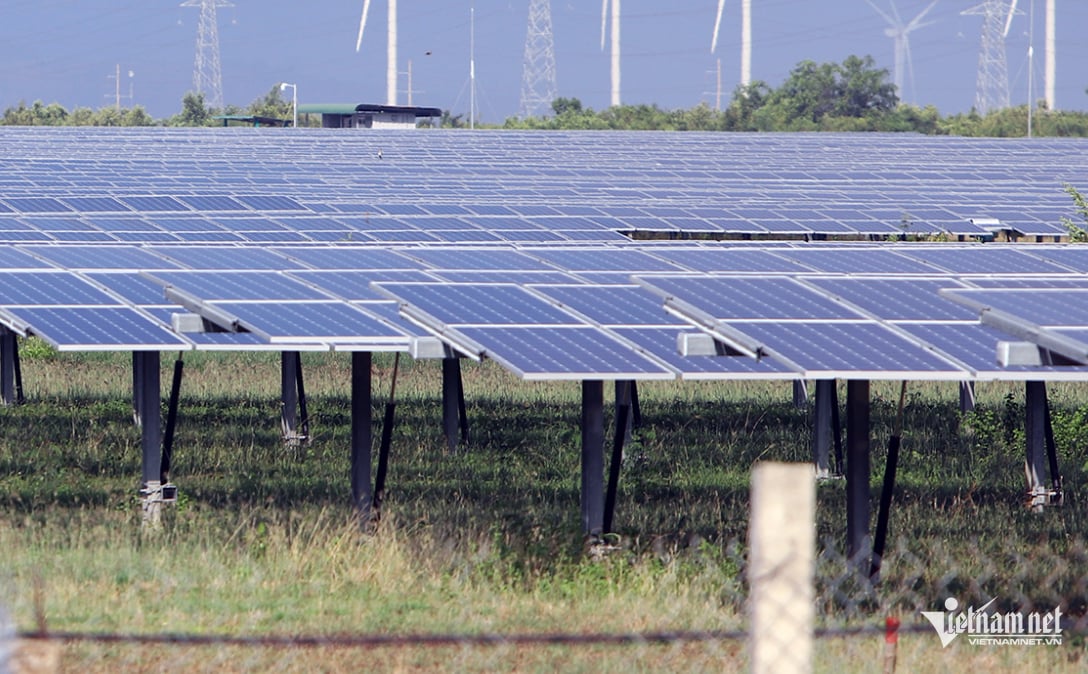
The team's new framework allows the panel to adjust its optimal angle relative to the sun to continue producing electricity, using increasingly popular solar tracker actuators.
This method combines advanced wind simulations and machine learning to optimize the angle of each panel in strong winds.
“By combining advanced fluid dynamics and artificial intelligence, we have found a way to creatively address wind risk and increase the resilience of renewable energy systems,” said report author Elie Hachem.
Unlike previous approaches, this new framework views panels as independent “decision makers” and provides data-driven solutions to mitigate wind impacts.
“It's like teaching the panels to 'dance with the wind', minimizing damage while protecting power output in high winds,” added Elie Hachem.
The team tested the framework against various damage threats, such as tearing, vibration, and material fatigue. The results showed that the new method reduced aerodynamic stress on both two-dimensional and three-dimensional models with six solar panels installed on the ground in 50 km/h winds. It outperformed traditional protection methods by several tens of percent.
The team hopes that with the help of artificial intelligence and trial-and-error, the system can find innovative solutions to manage large-scale solar panels in high-wind conditions, while effectively complementing technical and practical experience.
This approach not only challenges traditional approaches but also offers a flexible, widely applicable solution to increase resilience in practice.
(According to PV-Magazine)
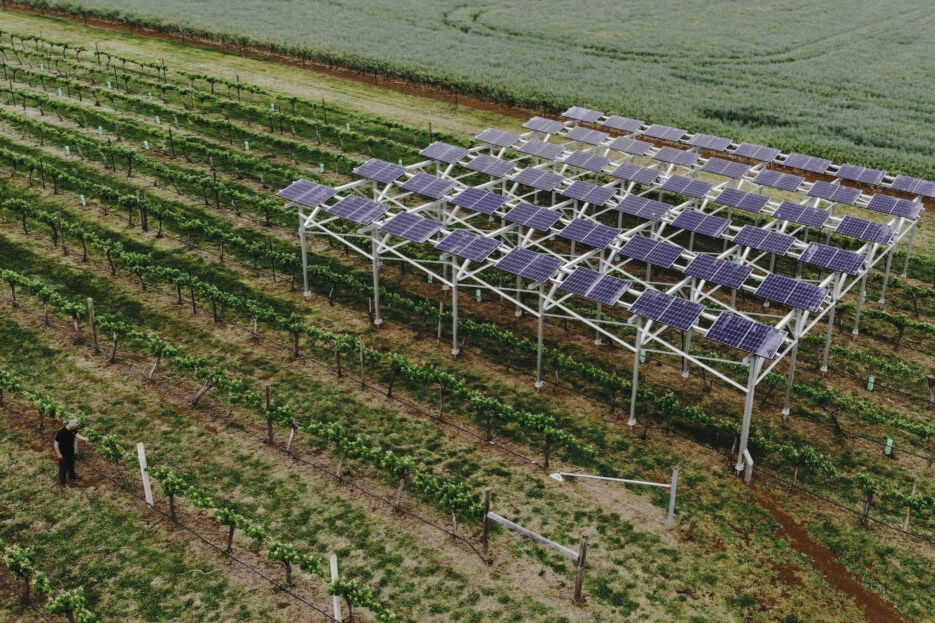
Source: https://vietnamnet.vn/day-pin-dien-mat-troi-nhay-mua-voi-gio-de-tang-do-ben-2356584.html



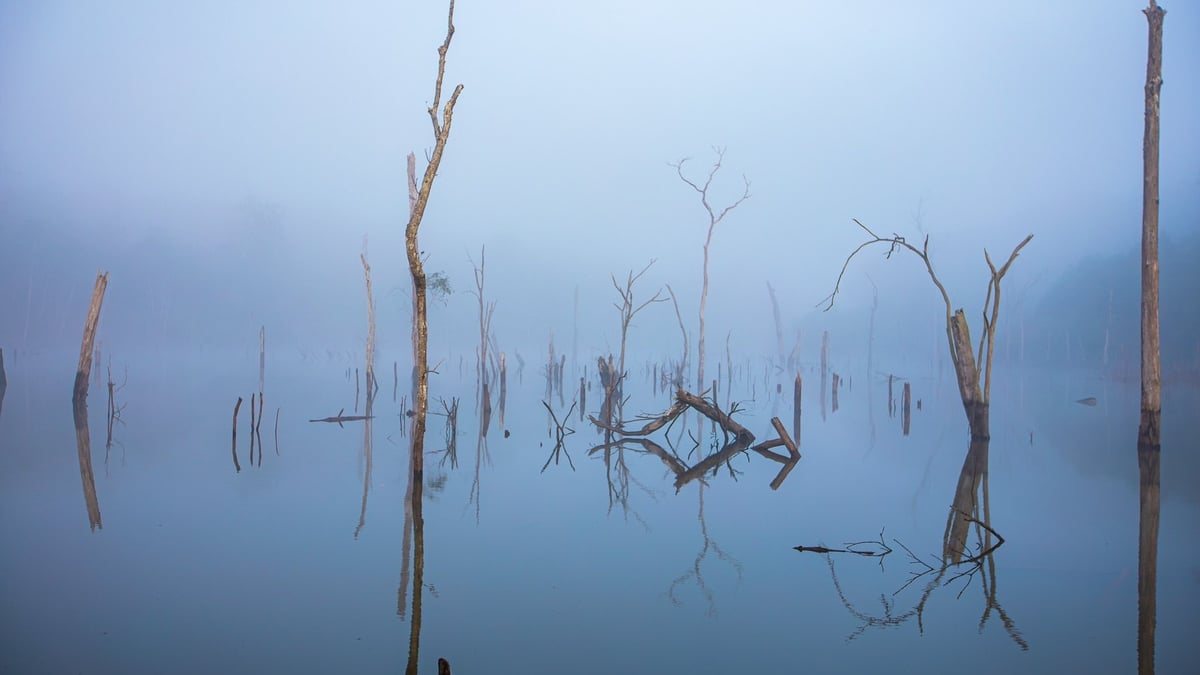

![[Photo] National Assembly Chairman Tran Thanh Man meets with Thai Prime Minister Paetongtarn Shinawatra](https://vphoto.vietnam.vn/thumb/1200x675/vietnam/resource/IMAGE/2025/5/15/e71160b1572a457395f2816d84a18b45)
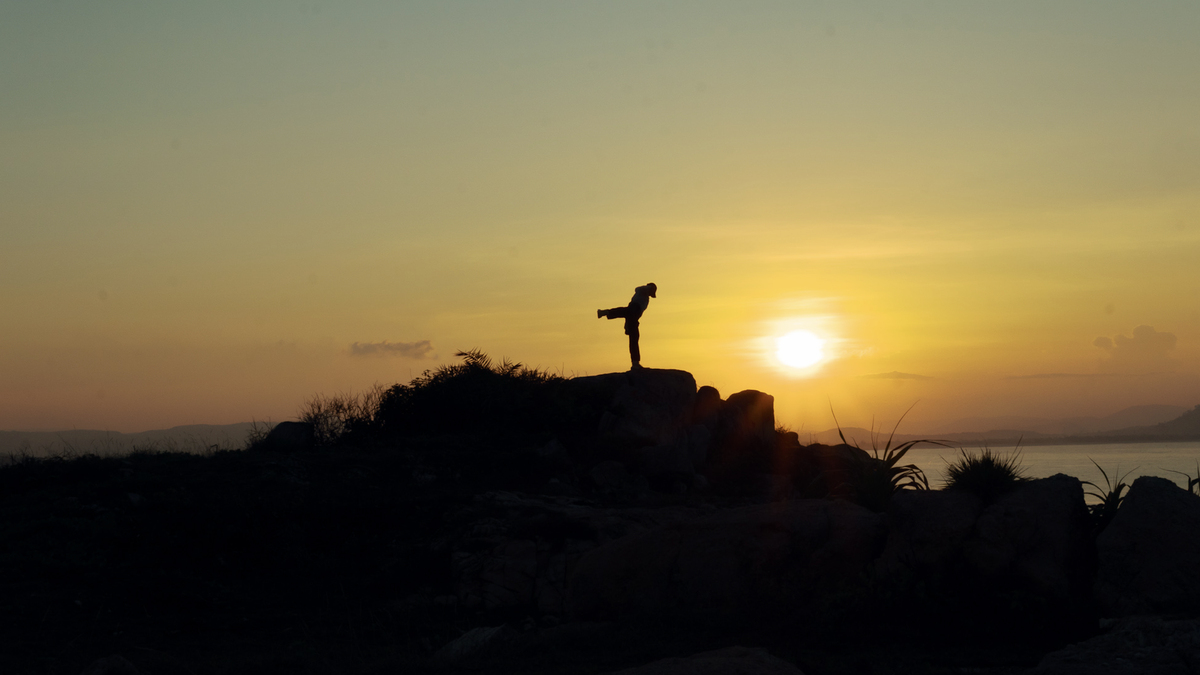
![[Photo] Prime Ministers of Vietnam and Thailand visit the Exhibition of traditional handicraft products](https://vphoto.vietnam.vn/thumb/1200x675/vietnam/resource/IMAGE/2025/5/15/6cfcd1c23b3e4a238b7fcf93c91a65dd)


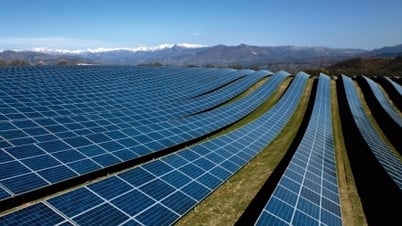



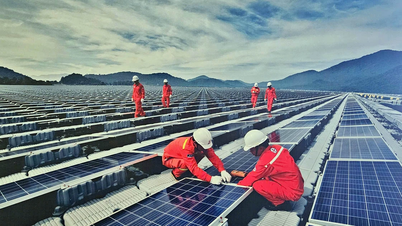

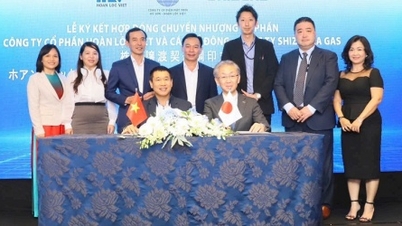




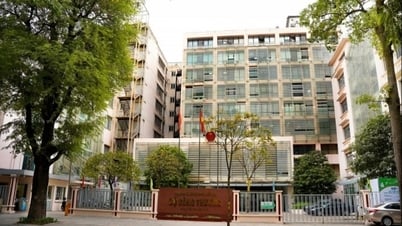

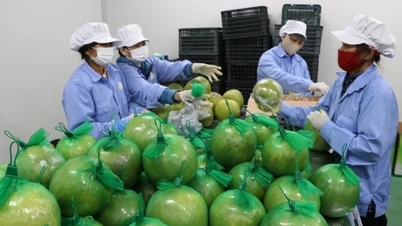








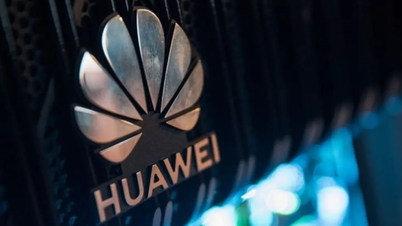

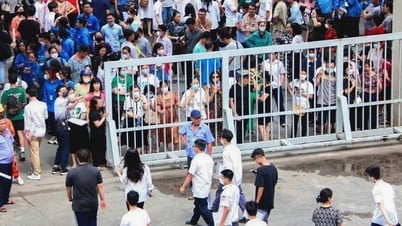
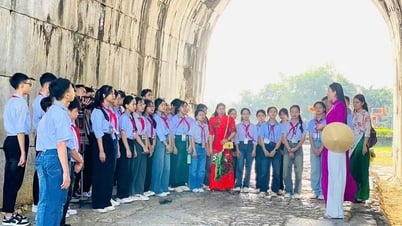

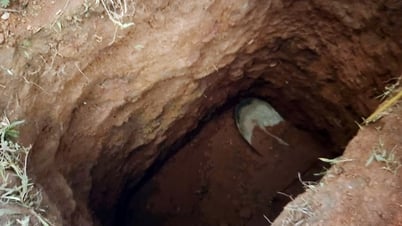








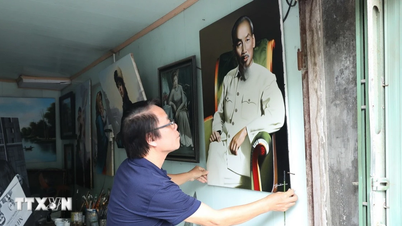







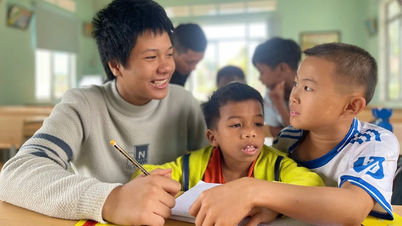






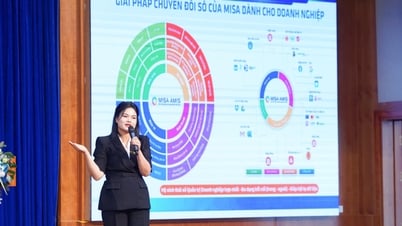




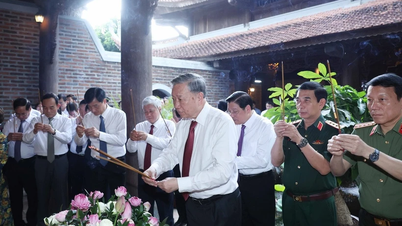
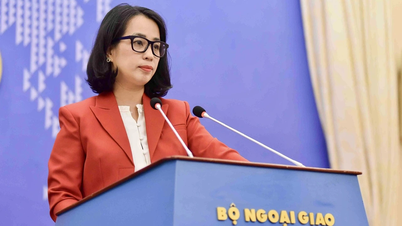

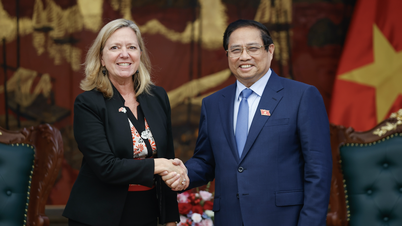






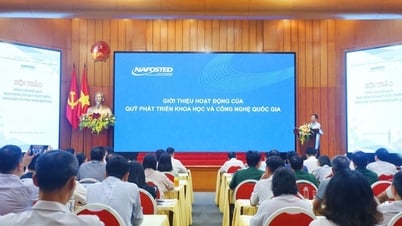

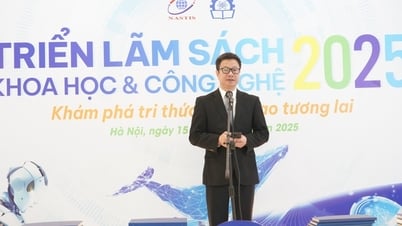


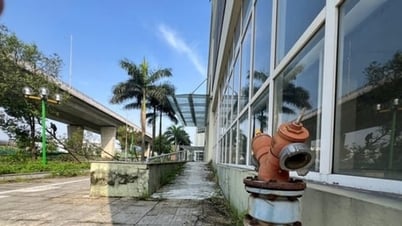


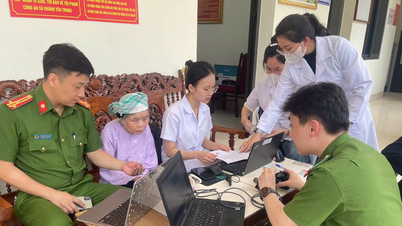





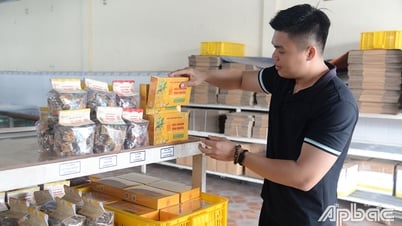

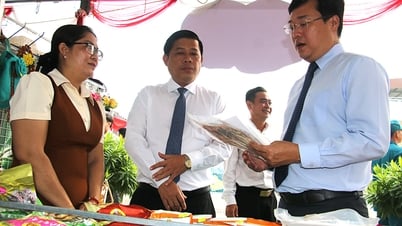


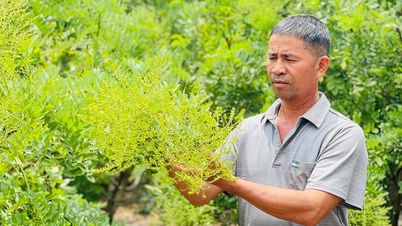
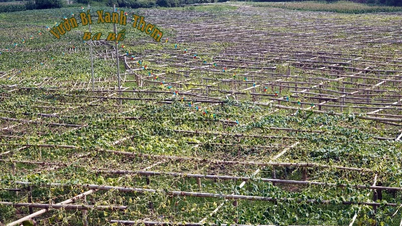
Comment (0)